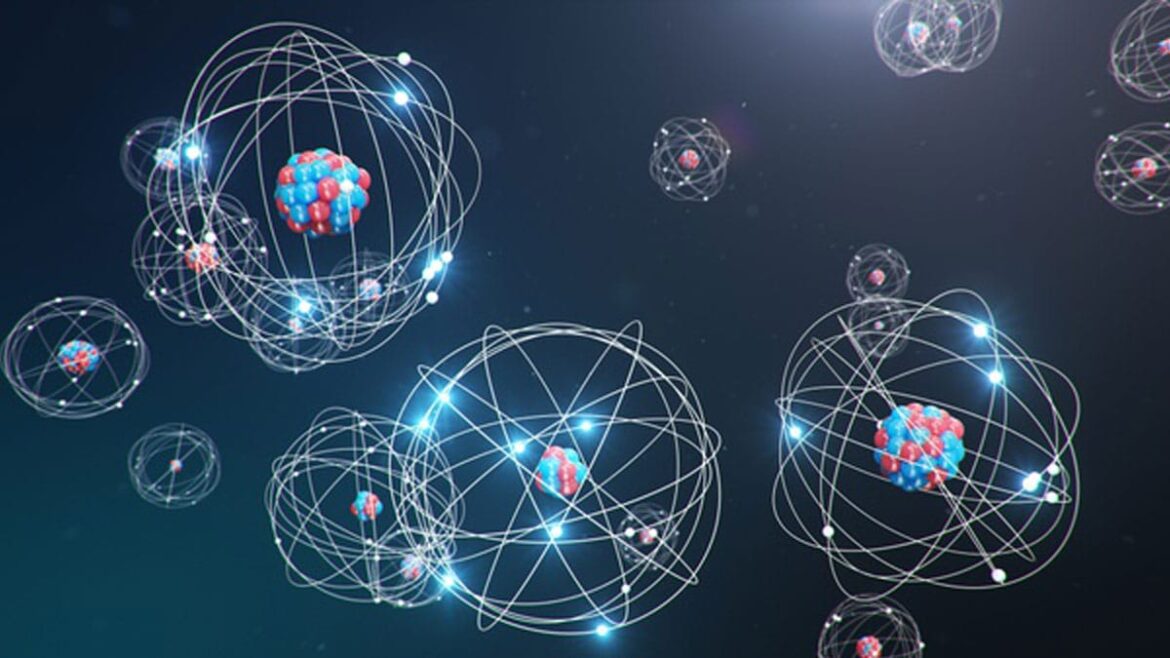1.9K
In this article you will learn what antimatter is. We also explain how antimatter is created and what its function is in the universe.
What antimatter is
Antimatter is the exact opposite of matter. For every known material particle, there is also an antiparticle. For example, every atom contains electrons (material particle) as well as positrons (antiparticle).
- This concept, however, cannot only be applied to particles such as electrons or protons. Whole atoms also have corresponding antiatoms.
- Hydrogen, for example, consists of a proton and an electron. Antihydrogen consists of an antiproton and a positron.
- The mass of the particles and their antiparticles is exactly the same.
- The only difference between a particle and an antiparticle is their charge. For example, while the electron is negatively charged, the positron is positively charged.
- In our universe, a large amount of matter is matched by a vanishingly small amount of antimatter.
- Antimatter can be created during the radioactive decay of elements. But it can also arrive on Earth as cosmic radiation.
- Antimatter is currently being intensively researched. Scientists hope it will provide clues to the origin of the universe.
This is what happens when matter and antimatter collide
As particles and antiparticles have opposite charges, they interact with each other when they meet.
-
- The particles annihilate each other. This process is called annihilation.
-
- In this process, an enormous amount of energy is produced, which is discharged in a flash.
-
- New particles are created from the energy released. These can be material particles. But the creation of new particle-antiparticle pairs is also possible.
-
- The process of annihilation is currently used in particle accelerators. In this process, electrons and positrons are annihilated.
-
- Because there is very little antimatter in the universe, using the effect to generate energy is not very promising.

